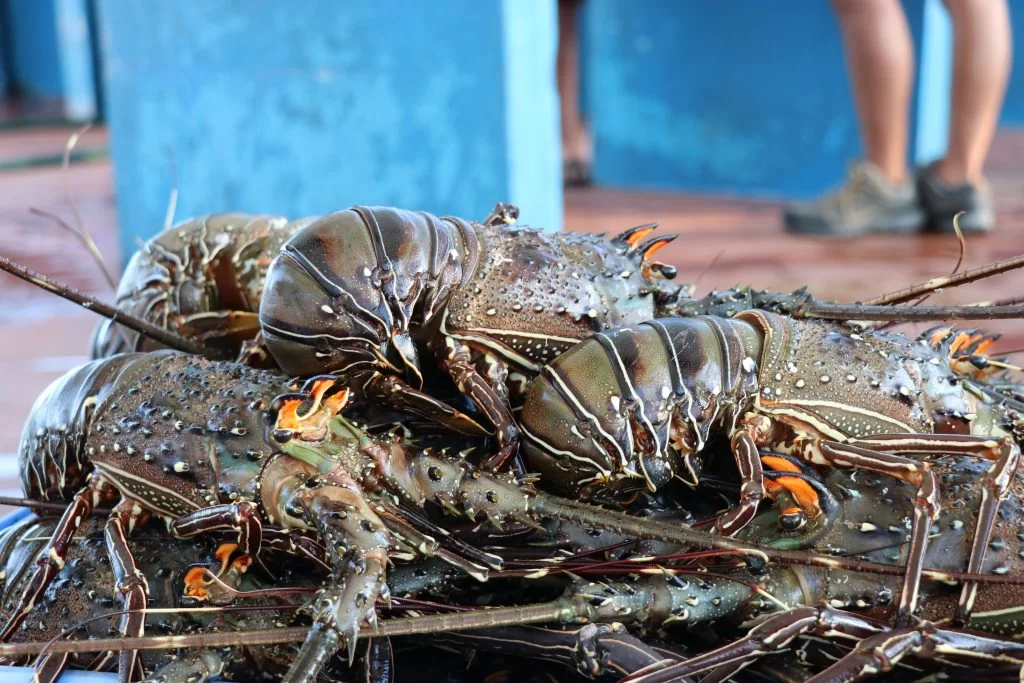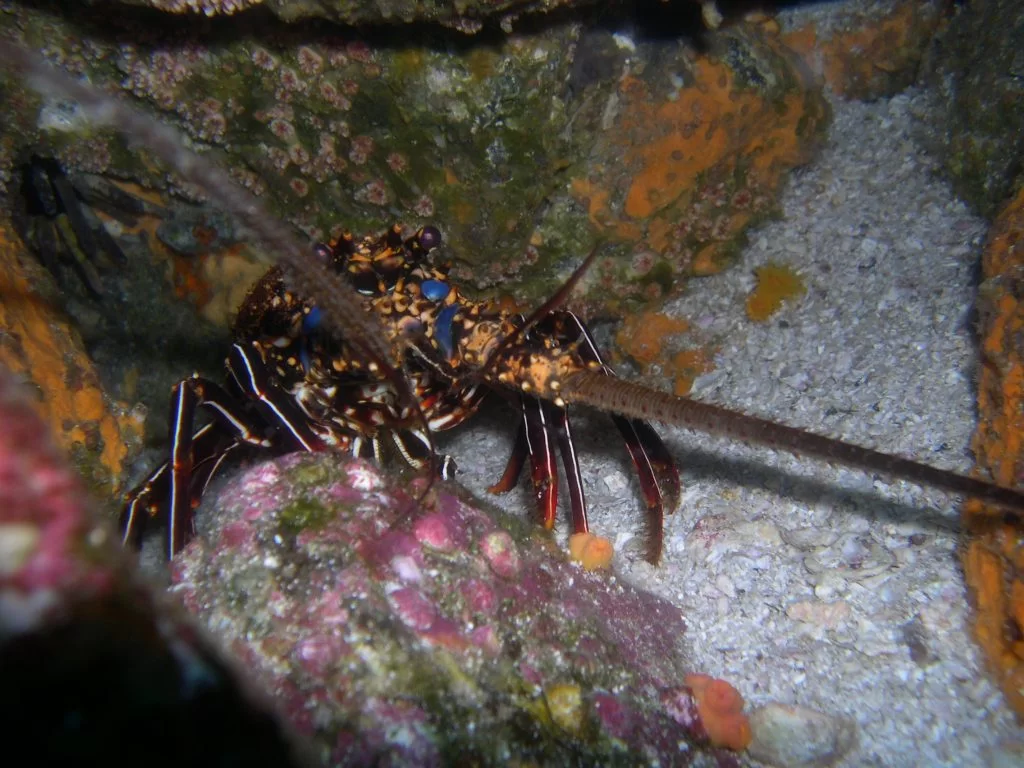One of the most well-known crustaceans of the Archipelago is the Spiny Lobster, which can be found in the waters of Galapagos Marine Reserve. The Galapagos Coral Reefs are home to two species: the Red Spiny Lobster and the Green Lobster. They can also be found in restaurants during certain months.
These clawless, nocturnal crustaceans can be identified by their spiny shells, long antennae, and thick, thick antennae. The hard, fibrous substance called Chitin protects their bodies. This natural protective shell does not expand so lobsters have to shed their shells as they grow. Young lobsters may molt multiple times per year, while adults only molt once or twice per year.
Lobsters are important as purifiers and keystone predators in marine ecosystems. Their conservation is crucial for other species. Spiny Lobsters also provide other services, including the feeding of Sea Urchins. Sea Urchins can become too dependent on kelp and coral reefs, which are the main food sources for Galapagos Marine Iguanas.
Climate change has also had an impact on Spiny Lobster populations. Sea level rises and temperature increases have threatened the survival and recruitment of this species. The coastal marine habitat has also been affected by human activities, which together with overfishing has led to a decline in lobster catches and population size.
The economy of Galapagos is also dependent on the Spiny Lobster. The Galapagos National Park Directorate, (GNPD), evaluates the population status in the Archipelago each year to determine the appropriate management actions. They also supervise the fishing using strict measures according to the fishing calendar established by the environmental authority.
This fishing can be done every year, but only when the weather is favorable. It usually takes place between September and December. Galapagos visitors can enjoy the local delicacy of lobster, which is capable of surprising even the most discerning palates, during lobster season.
Galapagos’ ecosystems are dependent on marine and coastal environment protection. Galapagos Conservancy, together with Conservando Galapagos, congratulate the GNPD on their decades-long efforts to protect the marine resources of Galapagos.

Spiny Lobster © GNPD



